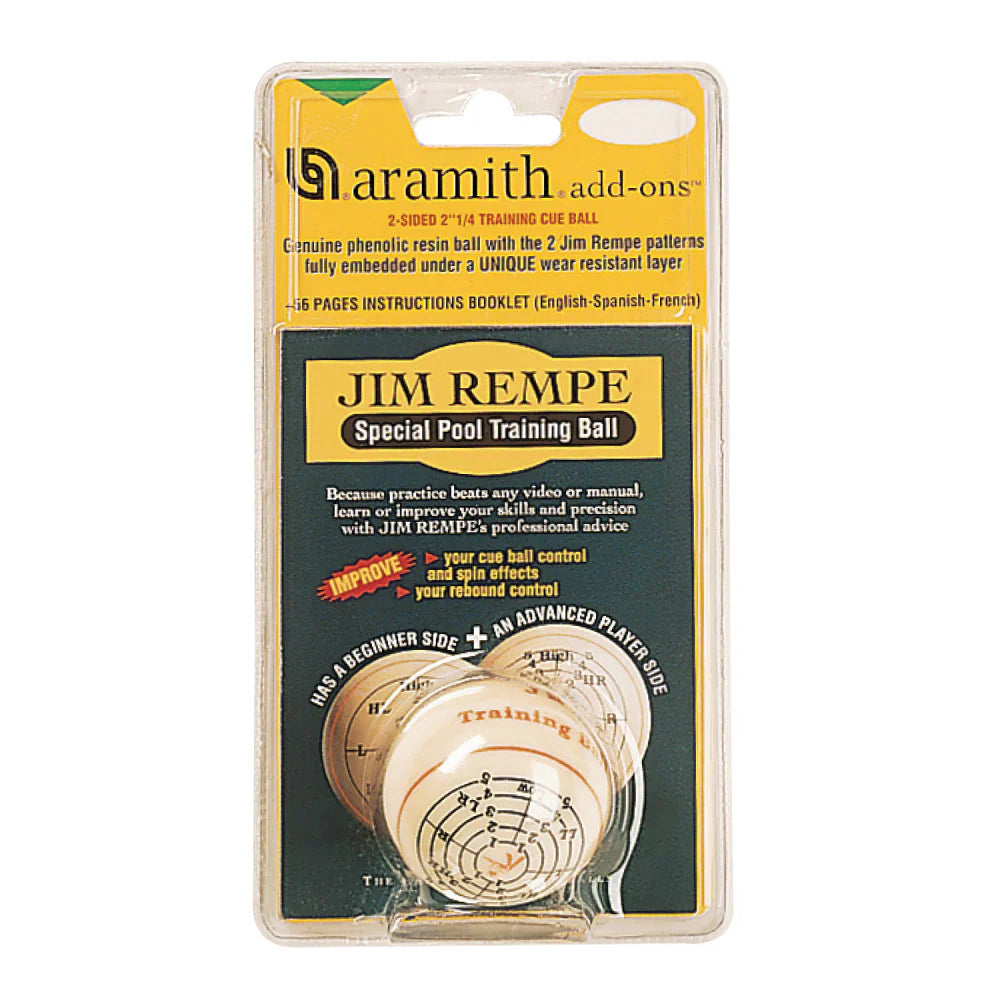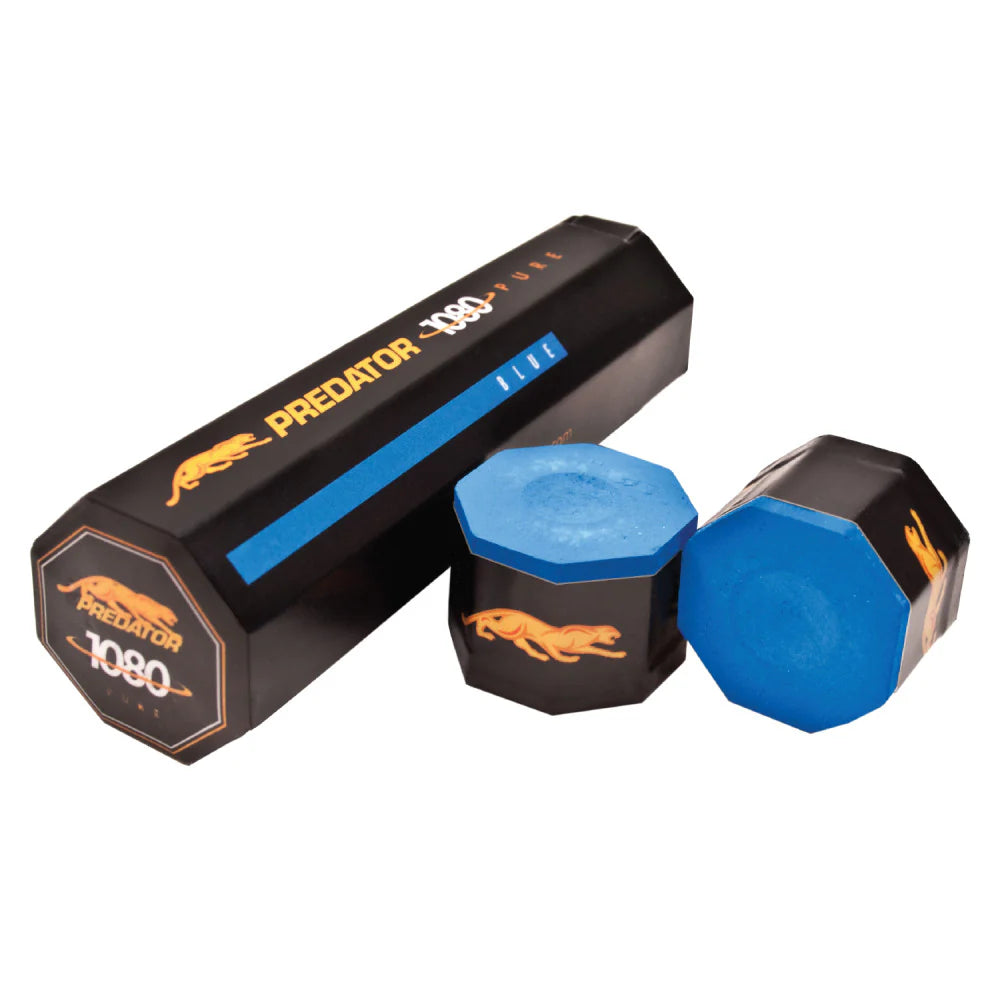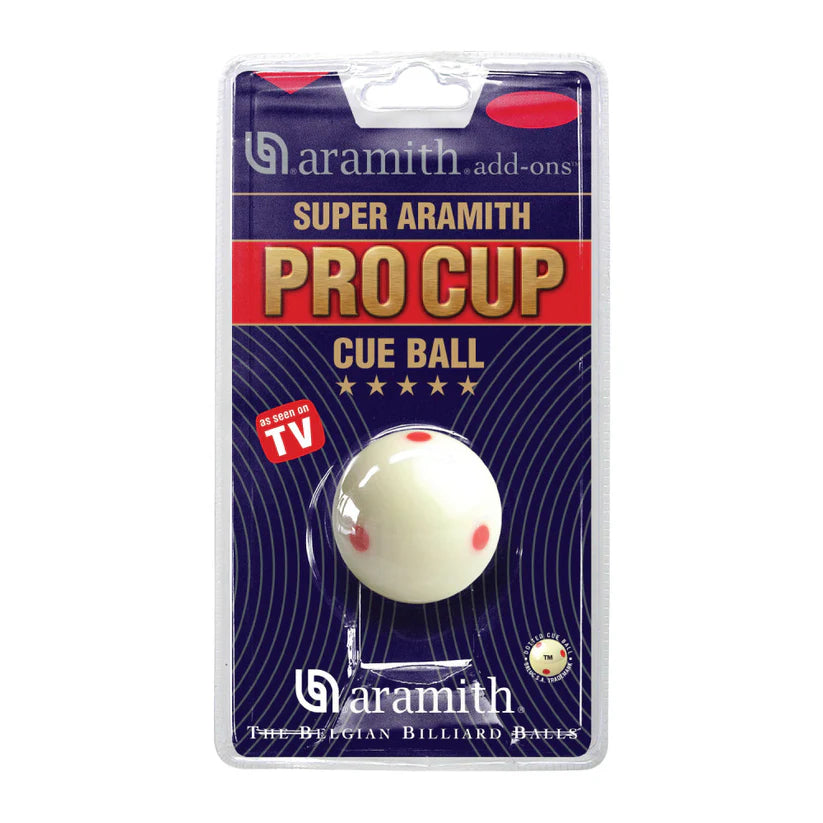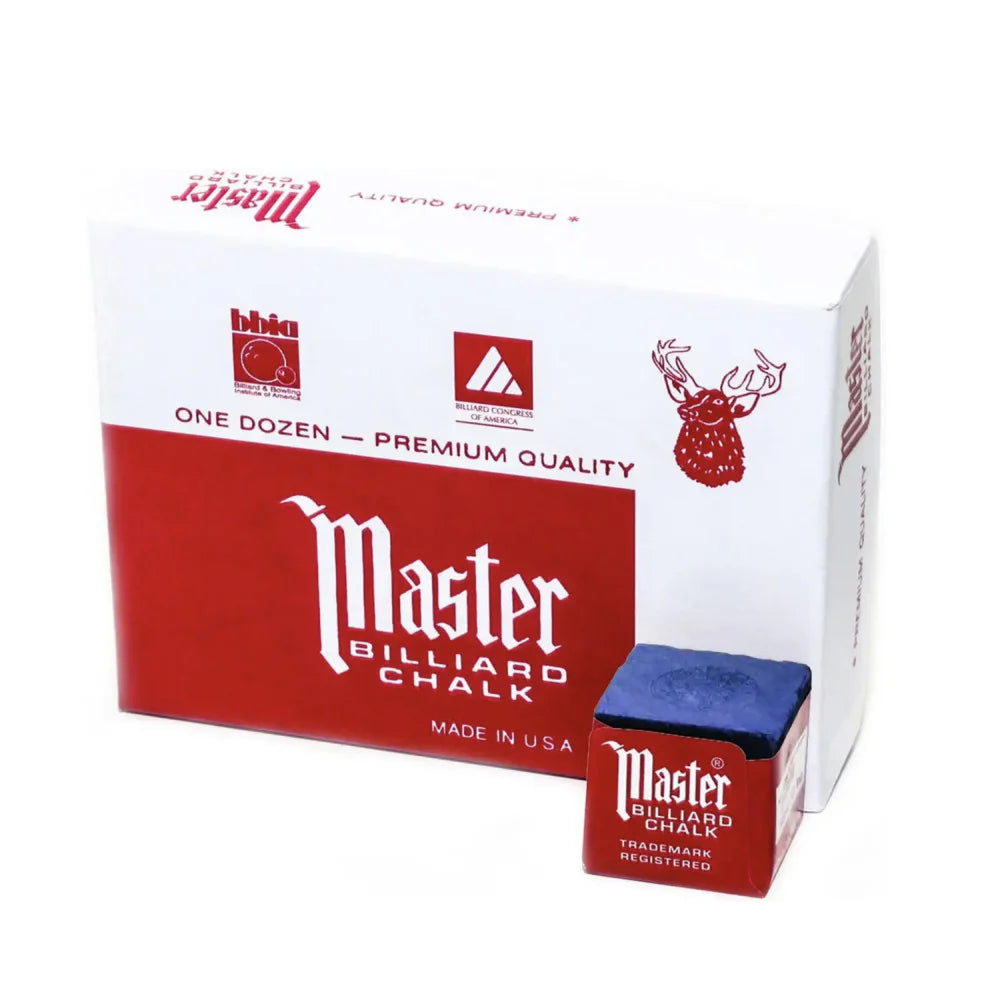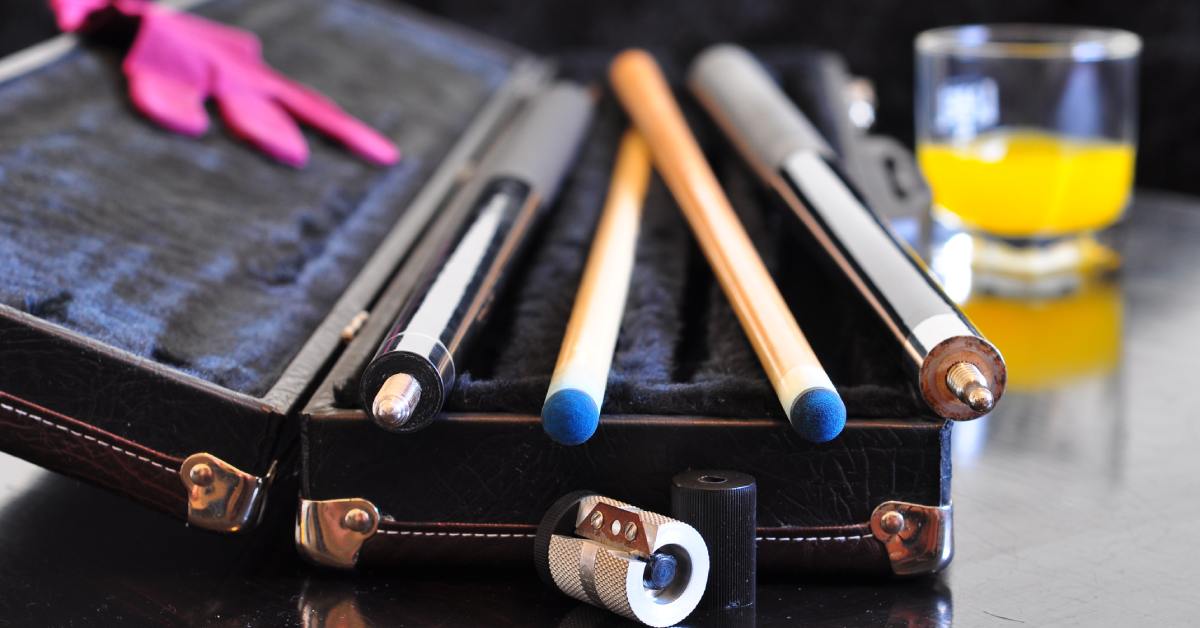It’s no secret that choosing the right pool cue can make all the difference in your game. Whether you’re competing in high-stakes tournaments or simply enjoying a casual round with friends, a quality cue enhances your performance. Plus, it also makes your connection to the game more personal, turning every shot into a more satisfying experience.
If you’re in the market for your first pool cue, it might feel challenging to know where to start. However, if you take the time to learn about a cue’s key features and your own preferences, you’ll be able to make an informed decision and find the perfect cue.
Understand Your Playing Style

Your personal playing style is one of the most crucial factors when selecting a pool cue. To start, players with an aggressive approach, favoring powerful break shots and bold moves, should consider heavier cues and durable materials like carbon fiber or fiberglass to maximize force and durability.
If you’re a defensive player, prioritizing control and strategic positioning, opt for a well-balanced, medium-weight cue that ensures smooth precision. Those with a finesse-focused style, relying on spin and delicate control, will benefit from a lighter cue with a smaller tip (11-12mm) for maximum sensitivity. Matching your cue to your style can elevate your game and make every shot more satisfying, but if you’re wondering what all of this means, we’ll get into the specifics below.
Determine The Ideal Weight and Balance
Once you understand your play style, you’ll want to start looking into weights. For example, if you value powerful, high-energy shots, a heavier cue (closer to 20 or 21 ounces) may be ideal. The added weight helps generate the force needed to break powerfully or sink challenging, high-speed shots.
However, if control and precision are at the heart of your strategy, a moderately weighted cue (around 19 ounces) can offer smoother strokes and better balance. This gives you the control required for more deliberate, defensive gameplay, such as positioning the cue ball to make life difficult for your opponent.
A lighter cue (in the 18-ounce range) may be your best option if you rely on finesse-focused spin shots or delicate, highly accurate placements. The reduced weight makes it easier to maneuver the cue with subtlety, which is ideal for those valuing precision over power.
Regardless of your play style, balance matters just as much as the weight. A well-balanced cue provides an even, steady feel in your hands, making it easier to maintain consistency and accuracy across your shots.
Find the Right Length for Your Height
The length of your cue should primarily reflect your height and physical comfort, rather than your play style. For most players, the standard 58-inch cue works beautifully, allowing for natural strokes without needing to alter your posture. If you’re taller than 6’4”, a longer cue, typically around 60 inches, might be better suited for maintaining proper form and extending your reach without discomfort. Of course, the length you choose could just come down to personal preference.
Consider Tip Size and Performance
The size and type of the cue tip significantly impact your ability to control the ball, and this is where your play style plays a major role. If you favor finesse and spin-focused gameplay, a smaller tip diameter (about 11 to 12 millimeters) will give you more control over precision shots. The reduced surface area allows you to apply spin easily, making it ideal for executing advanced techniques like curve shots or delicate positioning.
For players who take a power-focused approach, a larger tip diameter (closer to 13 millimeters) is often preferable. These tips have a larger contact point with the cue ball, allowing for greater stability when delivering powerful strokes, particularly on break shots.
If you’re more balanced between offensive and defensive strategies, a medium-sized tip will provide a good blend of accuracy and forgiveness. Whatever your preference, make sure to choose high-quality leather tips for durability and performance.
Look Into The Materials Available
The material of your cue sets the tone for how it feels and performs in the long term. For aggressive players, durability is crucial. Consider cues made of carbon fiber or fiberglass-coated wood. These materials are built to withstand heavy impacts while resisting warping or damage over time.
Maple cues are a classic choice for all-around players. They’re sturdy and offer a natural feel many players enjoy. Defensive players, who prioritize control and steady gameplay, may find that maple cues strike the right balance between reliability and cost.
Finesse-focused competitors, who rely on precise, low-deflection shafts, may prefer cues made of high-quality carbon fiber. These materials reduce deflection, allowing the cue ball to follow its intended path even during high-spin shots. This added accuracy can make a significant difference when precision is everything.
Make It Personal with Style and Design

While performance features might lead your decision, don’t overlook the importance of style when choosing the right pool cue for you. Cues come in a variety of designs, ranging from sleek, minimalist looks to vibrant, eye-catching finishes.
Personalizing your cue makes the game even more enjoyable; after all, using a tool that reflects your personality or aesthetic preference can boost your confidence. So be sure to look into custom pool cues to see what kinds of options you’ll have available to you. Getting this just right will greatly affect how you feel when playing the game.
Budget Wisely
When it comes to setting your budget, it can significantly narrow down your options, but it doesn’t have to compromise your choice. Casual players or those just starting out can find plenty of high-performing options in the $50 to $150 price range. However, for durable materials like carbon fiber or cues with premium low-deflection shafts, the investment rises.
If high performance is a priority, aggressive and finesse players may find their ideal cues in the $200 to $1,000 range. These cues often include advanced features like adjustable weights, precision tips, or highly durable materials suited to more advanced play. Regardless of what you’re willing to spend, it’s possible to find a cue that balances quality, affordability, and the features you need without overextending your budget.
Ensure Its Quality
No matter how much you spend, it never hurts to ensure the quality of a pool cue before purchasing it. Start by reviewing product descriptions and specifications in detail. These should highlight essential information like weight, length, tip size, and materials so you can compare models effectively. Pay close attention to any claims about balance and shaft quality, as these factors directly influence performance.
Customer reviews are another valuable resource. Real-world feedback can give you insights into how a cue performs in practice, highlighting things you may not have considered. Look for patterns in the reviews to gauge whether certain features, such as durability or accuracy, stand out positively or negatively.
Finally, it’s worth checking the store’s return and support policies. A good return policy provides peace of mind, allowing you to confidently buy a cue and exchange it if it doesn’t meet expectations. Similarly, excellent customer support ensures you’re not left in the dark if you have questions or need help post-purchase.

